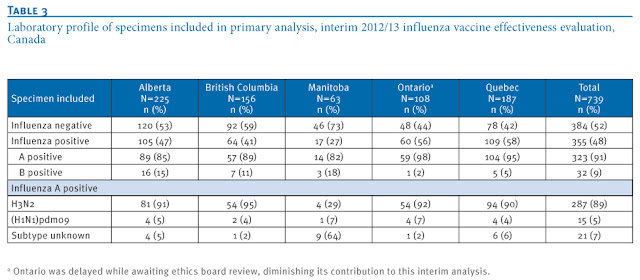When the vaccine against influenza virus was released for the first time, there was much controversy related to its use and efficacy.We all know that immunization is essential for protecting individuals from a particular disease. But there are no vaccines devoid of risks and complications. This was in fact evident with the swine influenza epidemic that occurred in 1976, when neurological complications such as Guillian Barre Syndrome and many other complications were observed to arise from the vaccine (Lessler et.al) . Although novel vaccines are said to confer protection against various diseases, decision making process whether to vaccinate or not is very complex. In fact it is influenced by the perceptions towards a vaccine and risks associated with it. Before administering a vaccine, it is obvious that following questions arise in individuals mind.
Do we have enough knowledge about the side effects of the newly developed vaccines?
Are there more side effects yet to be discovered?
What is the rate of effectivity of the vaccine?
Is it worth the risk to be vaccinated when the vaccine is available?
Source: everydayreadiness.com
The above picture gives the general information about some ways that help prevent the disease from occurring.
Source: CDC
It is not unjustifiable that individual without any risk factor and good health may show reservation about receiving the vaccine because if they get infected with the virus they will develop a natural immunity against the virus. However, it is strongly recommended by CDC to vaccinate for those having health problems, elderly people, pregnant women and children who are classified as risk group population.
While CDC emphasizes for vaccination against flu claiming the effectiveness of vaccine to be 59% , the above mentioned data from research conducted by Lessler et.al reveals the possible side effects of the vaccine. Similarly the above mentioned NBC news video shows the probability of occurrence of mutation in the viral genes could result in the worthlessness of the available vaccine. Many people who endorse flu vaccine programs claim that it saves health care cost, ensures better health and protects fellow workers and family members from contracting the flu. I surmise these goals are awesome. They even claims that vaccines have caused decline in the infection. But i don't think the vaccines have clearly demonstrated effectiveness and safety over time even though the rate of infection has declined. Based on this declined rate of infection, it is not entirely convincing that vaccines are effective but it could also be the result of improved health conditions, better nutritions, awareness in people about infectious diseases and safer drinking water. Based on the above mentioned sources, it is beneficial to vaccinate those who are considered risk group population and let the healthy individual develop natural immunity against the virus after being infected. If any serious complication occur they will still have antiviral treatment. But still more questions are yet to be addressed. If pregnant women are in high risks for flu and if they are vaccinated, what would be the side effects on fetus/ babies? If the effectiveness of the vaccine for elderly people is low, why should they be vaccinated? Does their immune system get activated by administering the vaccines? I will look for answers to these question in my further research.
So, in conclusion if you wish to take a vaccine, take it but be informed about the risks and side effects of the vaccine.
So, in conclusion if you wish to take a vaccine, take it but be informed about the risks and side effects of the vaccine.
Work Cited:
Lessler, J., Cummings, DA., Fishman, S., Vora, A., Burke, DS., "Transmissibility of swine flu at Fort Dix, 1976". J R Soc Interface 4 (2007):755-62. Print.


